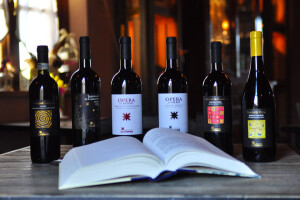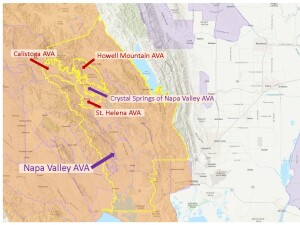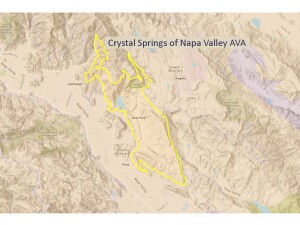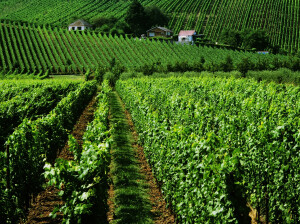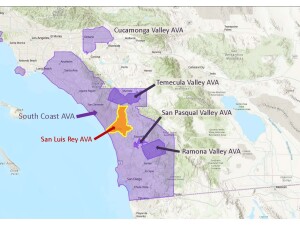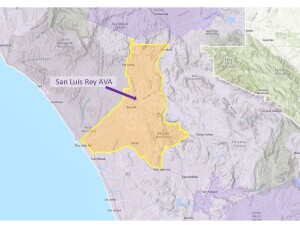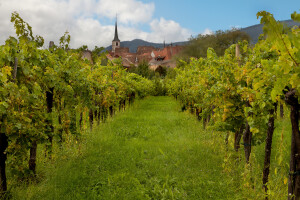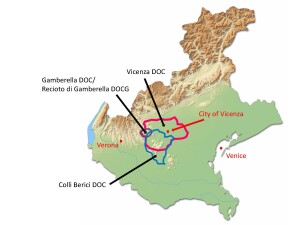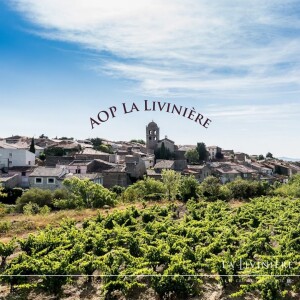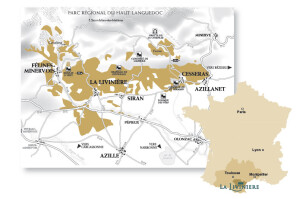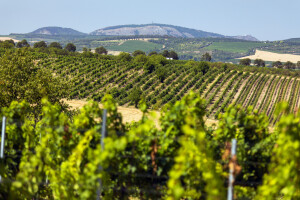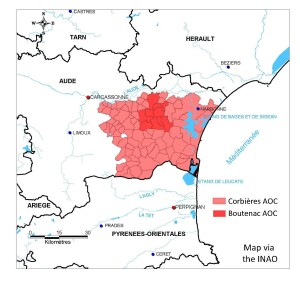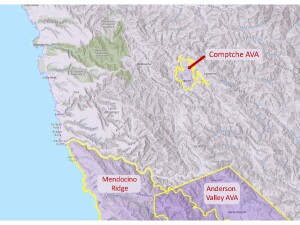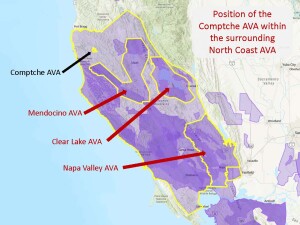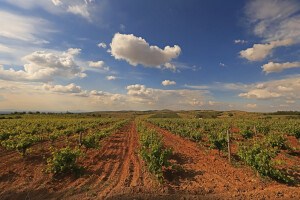News flash: the Terre di Pisa DOC—first approved as a producer of Tuscan red wines in 2011—has amended its disciplinare to allow for several new styles of wine, to include white wines and rosato (rosé).
Previously, the only styles of wine allowed to be made in the Terre di Pisa DOC were dry red table wines known as Terre di Pisa Rosso (typically based on a blend of red grapes, and required to contain a minimum of 70% Sangiovese, Cabernet Sauvignon, Merlot, and/or Syrah) and Terre di Pisa Sangiovese (minimum 85% Sangiovese). These wines require a minimum of 12.5% alcohol by volume (abv).
- The new styles of wine permitted under the Terre di Pisa DOC include the following:
- Terre di Pisa Bianco (white): A dry white wine produced using a minimum of 70% Vermentino and/or Trebbiano Toscano. The remainder may comprise any white grape present in the vineyards and suitable for cultivation in Tuscany. Minimum alcohol: 11% abv.
- Terre di Pisa Vermentino: A dry white wine produced using a minimum of 85% Vermentino. The remainder may comprise any white grape present in the vineyards and suitable for cultivation in Tuscany. Minimum alcohol: 11% abv.
- Terre di Pisa Rosato (rosé): A dry, pink wine produced using a minimum of 50% Sangiovese. The remainder may comprise any red grape present in the vineyards and suitable for cultivation in Tuscany. Minimum alcohol: 11% abv.
In addition, a “riserva” category has been approved for Terre di Pisa Rosso. The use of the term riserva is allowed for those wines that have been aged for at least two years. Red wines not using the riserva label term must have been aged for a minimum of 1 year (Terre di Pisa Rosso) or 18 months (Terre di Pisa Sangiovese).
The Terre di Pisa appellation includes 16 of the 37 municipalities (communi/communes) within the province of Pisa. It is centered around the rolling hills about 12 miles south of the city of Pisa (and about 10 miles inland from the city of Livorno).
If you’ve never heard of Terre di Pisa before, don’t beat yourself up. This is a small appellation—total vineyard area is about 150 acres/60 hectares and total production (including around 15 wineries) is less than 10,000 cases a year.
References/for more information:
- EU Journal – Terre di Pisa – October 2024
- DOC Terre di Pisa Disciplinare modificato 2024
- https://www.viniterredipisa.com/index-en.php
- Click here to view a map including the Terre di Pisa DOC, via Federdoc
Post authored by Jane A. Nickles…your blog administrator: jnickles@societyofwineeducators.org
